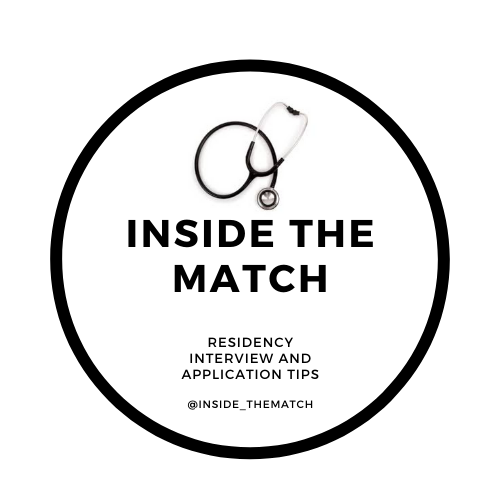Tips for a Plastic Surgery Sub-I
Written by Kathryn D. Esposito, MD
You have crushed your third-year rotations, are moving on to the fourth year, and found yourself in a Plastic Surgery Sub-Internship. Whether you plan to apply to plastic surgery integrated programs or apply to general surgery but have a strong interest in plastics, a plastics sub-I can seem overwhelming. Usually, in your third-year general surgery core rotation, there is not a lot of exposure to plastics, so here of some general tips that I found to help!
Preparation:
Ask your attending for (hopefully a pdf) copy of the University of Michigan Manual of Plastic Surgery. There are few resources for medical students regarding plastic surgery, and for once, Up to Date is not particularly helpful for plastics. It is not necessary to know the exact steps of each surgery. Still, it is important to know the indications and contraindications and have a general idea of the steps of the cases you will be involved in; it will impress your attending for sure!
OR Tips:
Be cognizant of the types of patients you will be operating on: is the surgery purely cosmetic? Reconstructive? Is breast cancer patient getting post-mastectomy surgery?
The number one skill you can practice to look like a superstar in the OR – the running sub-cutaneous stitch. Know how to execute this skill before your rotation starts; if you are not confident in your suturing skills, do not pretend to be. Your attending will be more upset at you if you pretend to know how to suture and they have to redo your work rather than you being honest and asking for help. Plastic surgery usually has a lot of/big incisions, so you will be a big help if you can suture well!
Like a general surgery rotation be available to set the patient up in the OR; situate the patient on the bed, put on SCD boots, safety belt, etc. Offer to put in a foley catheter if it’s necessary.
Be kind and courteous to the OR staff: always go into the assigned OR before the patient is in the room to introduce yourself and pull on your gloves and gown if necessary. If you are not kind to the ancillary staff, it might hurt your chance of matching at that hospital.
Clinic:
Plastic surgery patients are usually not admitted post-op and return to the clinic a few days after their surgery so the clinic can get busy. The clinic as a medical student can always feel weird, you usually just end up shadowing your attending/residents, but these are a few things I found helpful.
Set the room up: have gowns available for the patients, suture removal kits, syringes, gauze, etc; anticipate the supplies that might be needed.
Be available for suture and staple removal.
Familiarize yourself with removing JP drains.
Before and after pictures are crucial for plastic surgery: know where the camera is and the backdrop if the clinic uses it.
Final Thoughts:
I found that the two plastic surgeon attendings I worked primarily with were the two of the kindest and most fun attendings in all my clinical rotations. They were very serious about their work, but had a great time in the OR doing it! This rotation made me more confident in the OR as a developing surgeon, I was able to suture a lot and show off these skills on sequential rotations. My best piece of advice – have fun and be yourself!

